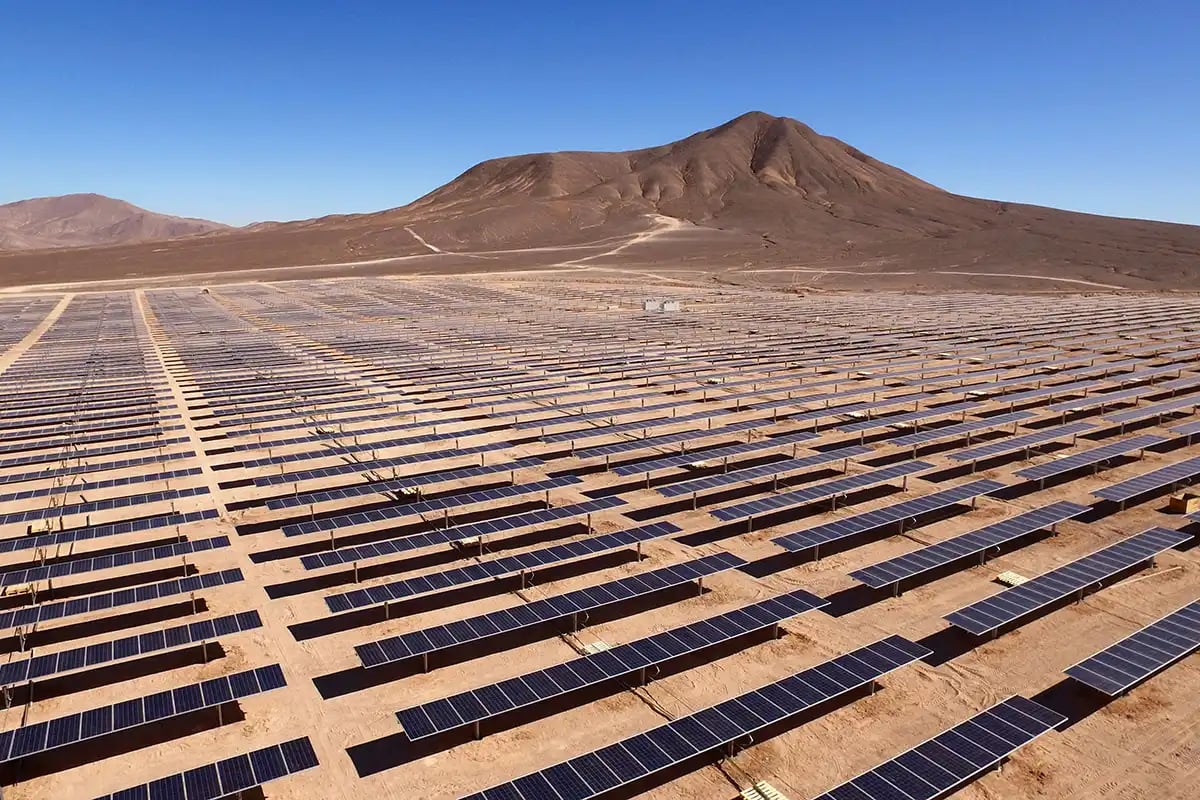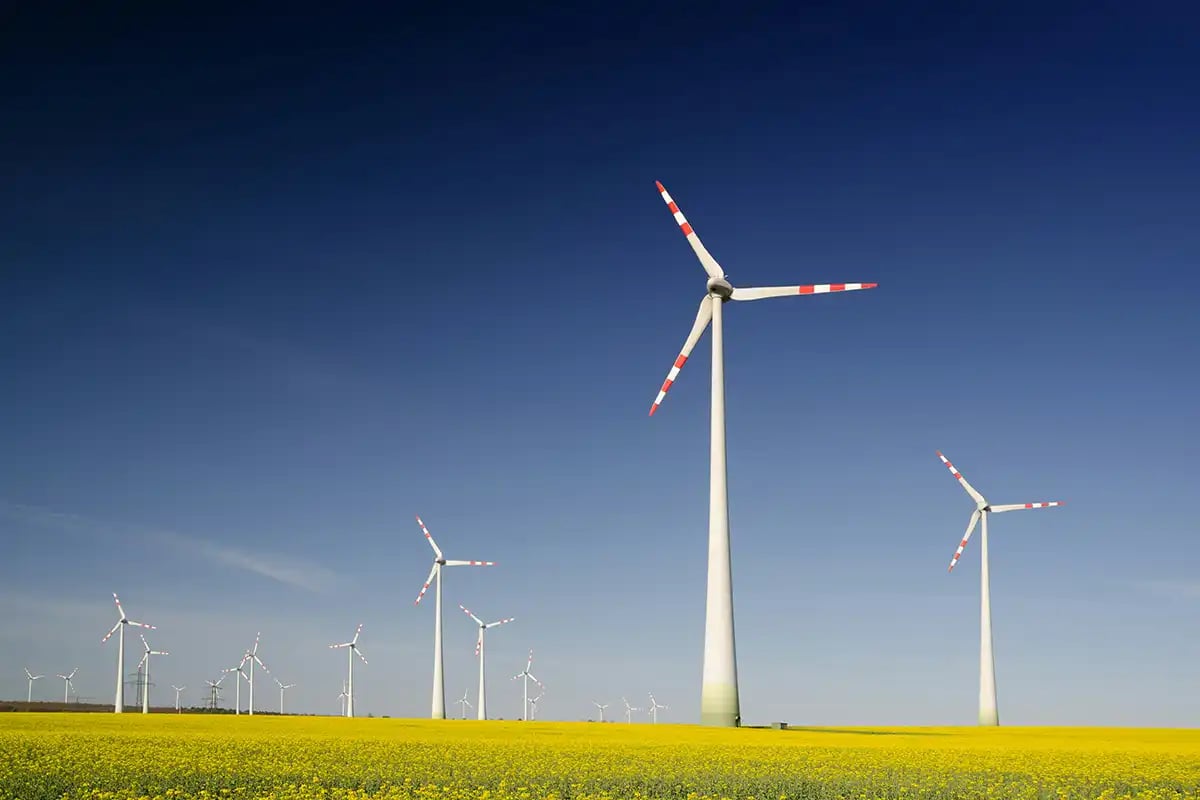The year 2024 showed a significant rise in renewable power capacity, reaching 4,448 gigawatts GW), according to the Renewable Capacity Statistics 2025 from the International Renewable Energy Agency (IRENA).
The 585 GW addition last year indicates a 92.5 percent share of the total capacity expansion and a record rate of annual growth at 15.1 percent, the report added.
While 2024 marks a notable milestone in renewable energy capacity and growth, progress still falls short of the 11.2 terawatts required to meet the global target of tripling installed renewable energy capacity by 2030. To achieve this target, renewable capacity must grow by 16.6 percent annually through 2030, according to the report.
Read: Renewable energy targets boost electricity investment growth in GCC, says Fitch
As in previous years, the majority of the increase occurred in Asia, with China contributing nearly 64 percent of the global added capacity. In contrast, Central America and the Caribbean made the smallest contribution, accounting for just 3.2 percent. The G7 and G20 countries were responsible for 14.3 percent and 90.3 percent of the new capacity, respectively, in the past year.
IRENA Director-General Francesco La Camera said, “The continuous growth of renewables we witness each year is evidence that renewables are economically viable and readily deployable. Each year they keep breaking their own expansion records, but we also face the same challenges of great regional disparities and the ticking clock as the 2030 deadline is imminent.”
United Nations Secretary-General António Guterres said, “Renewable energy is powering down the fossil fuel age. Record-breaking growth is creating jobs, lowering energy bills and cleaning our air. Renewables renew economies. But the shift to clean energy must be faster and fairer – with all countries given the chance to fully benefit from cheap, clean renewable power.”
Solar and wind energy continued to lead growth, together accounting for 96.6 percent of all net renewable capacity additions in 2024. Solar energy saw the largest share of this expansion, increasing by 32.2 percent to reach 1,865 GW, while wind energy grew by 11.1 percent.
In recent years, IRENA has advocated for clear, measurable renewable capacity targets in NDCs 3.0. To support this, the Agency has been working with its members to enhance and implement Nationally Determined Contributions (NDCs), focusing particularly on the energy sector through country engagement.

Technology highlights
Solar: Solar photovoltaics saw an increase of 451.9 GW last year, with China contributing 278 GW, followed by India with 24.5 GW.
Hydropower (excluding pumped storage): Capacity reached 1,283 GW, marking a strong recovery from 2023, primarily driven by China. Other countries like Ethiopia, Indonesia, Nepal, Pakistan, Tanzania, and Vietnam each added more than 0.5 GW.
Wind: Wind energy expansion slightly slowed, reaching a total capacity of 1,133 GW by the end of 2024. China and the United States were again the primary contributors.
Bioenergy: Bioenergy experienced a rebound in 2024, with an increase of 4.6 GW compared to 3.0 GW in 2023. China and France each added 1.3 GW.
Geothermal: Geothermal energy capacity grew by 0.4 GW, with New Zealand leading the way, followed by Indonesia, Türkiye, and the U.S.
Off-Grid Electricity (excluding Eurasia, Europe, and North America): Off-grid electricity capacity nearly tripled, increasing by 1.7 GW to reach 14.3 GW, with off-grid solar energy accounting for 6.3 GW of this expansion.








